The world of college sports changed forever in the summer of 2021. A landmark decision opened the door for student-athletes to earn money from their personal brand. This shift created incredible new opportunities.
We at Rallyfuel know this new landscape can feel complex. Our mission is to make athlete support accessible and transparent. We empower young talents with the tools to grow their careers from day one.
Understanding the rules is about more than just compensation. It’s about protecting your eligibility and building a strong foundation for your future. This guide will walk you through the essential concepts and state-specific policies.
Whether you’re a current player or a recruit, having accurate information is crucial. We are committed to providing clear, up-to-date knowledge so you can navigate your path with confidence.
Understanding the Fundamentals of NIL Laws
The concept of name, image, and likeness breaks down into three distinct but interconnected components. Your name includes any identifier that represents you. Your image covers photographs and videos. Your likeness extends to recognizable characteristics that make you unique.
These elements form your personal brand’s foundation. Unlike traditional employment, NIL deals compensate you for marketing services, not athletic performance. This distinction is crucial for maintaining eligibility.
Defining NIL and Its Key Concepts
Every agreement must follow the quid pro quo principle. You provide specific deliverables in exchange for compensation. Social media posts, appearances, and endorsements are common examples.
This requirement ensures legitimate business activities. It protects both athletes and sponsors by creating clear expectations.
Why Transparency and Legality Matter
Transparency builds trust with your institution and fans. It also ensures compliance with regulations. Proper disclosure of deals to your school is mandatory.
Following the rules protects your athletic career. It helps avoid sanctions and builds your reputation. Understanding these fundamentals empowers student-athletes to make informed decisions.
Student-athlete NIL agreements should include the expected deliverables in exchange for agreed upon compensation.
NCAA Guidelines
We believe operating within legal frameworks creates a sustainable ecosystem. It allows everyone to benefit from these new opportunities in college sports.
The Evolution of NIL Rights in College Sports
For generations, a clear divide existed between the revenue generated by college sports and the compensation available to the players. Universities and the NCAA built a multi-billion dollar industry. Meanwhile, the athletes themselves operated under strict rules of amateurism.This system faced growing scrutiny. The tension culminated in a landmark legal challenge.
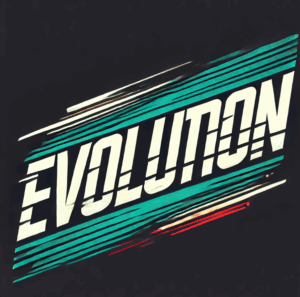
Historical Context and Key Milestones
The Supreme Court case National Collegiate Athletic Association v. Alston was a turning point. On June 21, 2021, the Court ruled that the NCAA’s restrictions violated antitrust law. This decision shattered the long-standing status quo.
Facing pressure from state legislation, the organization acted quickly. It approved an interim nil policy just nine days later. This change granted student-athletes new economic rights for the first time.
The NCAA’s business model would be flatly illegal in almost any other industry in America.
Justice Brett Kavanaugh
California’s 2019 Fair Pay to Play Act was the catalyst. It forced a national conversation and prompted other states to act. The result is a complex patchwork of regulations.
| Year | Event | Impact on Athletes |
|---|---|---|
| 2019 | California passes Fair Pay to Play Act | First state to challenge NCAA rules directly |
| June 2021 | Supreme Court rules in NCAA v. Alston | Declared NCAA compensation rules illegal |
| July 2021 | NCAA interim policy takes effect | Athletes could legally profit from their name, image, and likeness |
We believe understanding this history is power. It helps today’s athletes appreciate their current opportunities and advocate for their future.
How NIL Laws Empower Emerging Athletes
A new era of direct fan support has transformed how athletes connect with their communities. This shift creates sustainable pathways for emerging talents across all sports.
We believe every dedicated student-athlete deserves recognition from day one. The current landscape allows fans to directly impact careers they believe in.
Enhancing Fan Engagement and Athlete Support
Modern regulations have democratized athlete compensation. Emerging talents can now build their brands through various activities.
Social media platforms serve as powerful equalizers. Athletes with engaged followings can secure partnerships regardless of their sport or program size.
Success stories like Ashton Jeanty demonstrate this potential. He partnered with NIL Store to create custom merchandise, turning his personal brand into tangible fan products.
Schools now play an expanded role under updated NCAA guidance. They can identify opportunities and facilitate deals between athletes and third parties.
These arrangements benefit athletes beyond immediate financial gain. They develop professional skills in branding, negotiation, and financial management.
We at Rallyfuel are committed to making this support accessible. Our platform creates transparent pathways for fans to back emerging talents they believe in.
Schools can identify NIL opportunities and facilitate deals between student-athletes and third parties.
NCAA April 2024 Guidance
This empowerment represents more than just monetary rewards. It’s about validation and creating a fairer system for all college sports participants.
State and Federal Approaches to NIL Regulations
Navigating the current landscape requires understanding the complex interplay between state and federal regulations. More than 32 states have enacted their own legislation with varying effective dates and requirements.
The NCAA’s interim policy creates a national baseline framework. Athletes attending schools in states with active legislation must comply with both state and NCAA requirements. This creates overlapping obligations that depend on your school’s location.
State-Level Legislation and Varying Guidelines
State regulations typically share common provisions while maintaining significant differences. Most allow licensed professional representation and require contract disclosure to institutional officials.
Deals cannot conflict with existing team contracts. Many states restrict endorsements for gambling, alcohol, and tobacco products. The specific implementation varies widely across jurisdictions.
| State | Key Provision | Unique Requirement |
|---|---|---|
| California | Fair Pay to Play Act | Pioneered the movement in 2019 |
| Florida | Financial literacy workshops | Mandatory education for athletes |
| Georgia | Earnings pooling allowed | Up to 75% redistributed after graduation |
| Illinois | Endorsement restrictions | Explicit gambling/alcohol/tobacco prohibitions |
| Missouri | High school athlete provisions | Permits contracts after college commitment |
Federal Initiatives and Their Impact
Several federal bills have been introduced with bipartisan support. These efforts aim to create uniform national standards for athlete compensation.
Despite repeated introductions, no legislation has advanced beyond committee review. The NCAA and many institutions continue advocating for federal action to simplify compliance.
We help athletes understand their specific obligations based on location. Our approach breaks down complex legal landscapes into actionable guidance for confident decision-making.
Compliance, Reporting, and Legal Considerations for Athletes
College athletes must navigate a complex web of disclosure obligations and institutional policies. We believe understanding these requirements empowers you to build your brand responsibly.
Understanding Compliance Requirements and Disclosures
Effective August 1, 2024, NCAA Division I rules require disclosure of agreements exceeding $600 within 30 days. This applies to both current and prospective student-athletes.
Twenty states have additional reporting mandates with tighter timeframes. Your institution will submit deidentified data to the NCAA twice yearly.
| Regulatory Level | Disclosure Threshold | Timeline |
|---|---|---|
| NCAA Division I | $600+ agreements | 30 days after signing |
| State Requirements | Varies by jurisdiction | As quick as 72 hours |
| Institutional Policies | School-specific | Per campus guidelines |
Navigating Reporting Rules and Potential Penalties
The Florida State University case demonstrates serious consequences for compliance failures. An assistant coach’s involvement led to probation and recruiting restrictions.
Proactive strategies protect your eligibility. Maintain detailed records and consult your school’s compliance office before signing any contracts.
Proper compliance builds your reputation as a professional athlete. It enhances your value to potential partners for long-term success.
Opportunities: Endorsements, Sponsorships, and NIL Deals
The modern collegiate sports environment offers multiple pathways for athletes to monetize their personal brands. We help student-athletes navigate this exciting landscape of commercial possibilities.

Exploring Different Types of NIL Deals
College competitors can engage in various revenue-generating activities. Social media partnerships allow you to promote products to your followers.
Merchandise licensing puts your name on apparel and other items. Personal appearances at events create direct fan connections.
| Deal Type | Examples | Key Features |
|---|---|---|
| Social Media | TikTok sponsorships, Instagram posts | Leverages online following |
| Merchandise | Custom apparel, autographed items | Tangible brand extension |
| Appearances | Camps, speaking engagements | Direct fan interaction |
| Endorsements | Product promotions, brand partnerships | Third-party collaboration |
Balancing Athlete Branding with NCAA Regulations
All agreements must follow quid pro quo principles. You provide specific services for compensation. This protects your eligibility status.
Certain products remain off-limits in most states. Tobacco, alcohol, and gambling endorsements typically face restrictions. Individual schools may have additional rules.
We emphasize authentic partnerships that align with your values. Proper contracts document deliverables and compensation. This approach builds sustainable brand value beyond your college career.
Industry Perspectives and Future Trends
The future of college sports compensation is poised for its most significant transformation yet. Major legal developments are reshaping how athletes can benefit from their talents.
We help you understand these complex changes. Our focus remains on providing clear guidance through evolving regulations.
Impact of Proposed Legislation and Court Settlements
The May 2024 proposed settlement represents a fundamental shift. If approved, it could allow colleges to directly pay student-athletes for their contributions.
This $2.8 billion agreement addresses past restrictions on earnings. It acknowledges previous limitations on fair compensation.
| Legal Development | Date | Potential Impact |
|---|---|---|
| NCAA Settlement Proposal | May 2024 | Direct institutional payments to athletes |
| NLRB Employee Ruling | February 2024 | Recognition of athlete employment status |
| Multi-State Lawsuit | January 2024 | Challenged recruiting restrictions |
| Title IX Guidance | January 2025 | Gender equity in payment distribution |
Recent court actions continue to pressure the NCAA to update its rules. Multiple states have joined legal challenges against existing restrictions.
These developments signal ongoing evolution in how universities and institutions approach athlete compensation. The landscape will likely continue changing through 2025.
Conclusion
As we conclude this guide, the empowering potential of name, image, and likeness rights for college athletes is clearer than ever. You now possess a comprehensive understanding of the fundamental concepts, state-specific regulations, and essential compliance steps.
This knowledge is your foundation for building a successful and sustainable personal brand. Remember, navigating these opportunities is about more than compensation; it’s about protecting your eligibility and future.
The landscape will continue to evolve with new policies and court decisions. Staying informed and working closely with your school’s compliance office is crucial for long-term success.
At Rallyfuel, we are committed to supporting your journey with transparent tools and resources. Our goal is to help you leverage these new deals responsibly, ensuring you can focus on what matters most—your sports and education.
FAQ
What exactly are Name, Image, and Likeness rights?
Name, Image, and Likeness rights allow student-athletes to earn compensation. This includes payment for endorsements, sponsorships, and personal appearances. These rights let emerging athletes profit from their personal brand while still participating in college sports.
How do state-level regulations differ across the country?
State legislation varies significantly, creating a complex patchwork of rules. Some states have very permissive guidelines, while others impose stricter limitations on activities. This means an athlete’s opportunities can depend heavily on where their school is located.
What are the key compliance requirements for student-athletes?
We must disclose most agreements to our university for compliance purposes. Understanding these reporting rules is critical to avoid potential penalties. Each institution and conference may have its own specific policies that we need to follow.
What types of compensation deals are available to us?
Opportunities range from social media promotions and local business sponsorships to autograph signings. The landscape for these agreements is constantly evolving. Balancing these activities with team obligations and NCAA regulations is essential.
How might future federal initiatives impact the current system?
Proposed federal legislation aims to create a more uniform national standard. This could simplify the legal landscape for athletes, schools, and brands. Court settlements and new laws will continue to shape the future of compensation in college athletics.

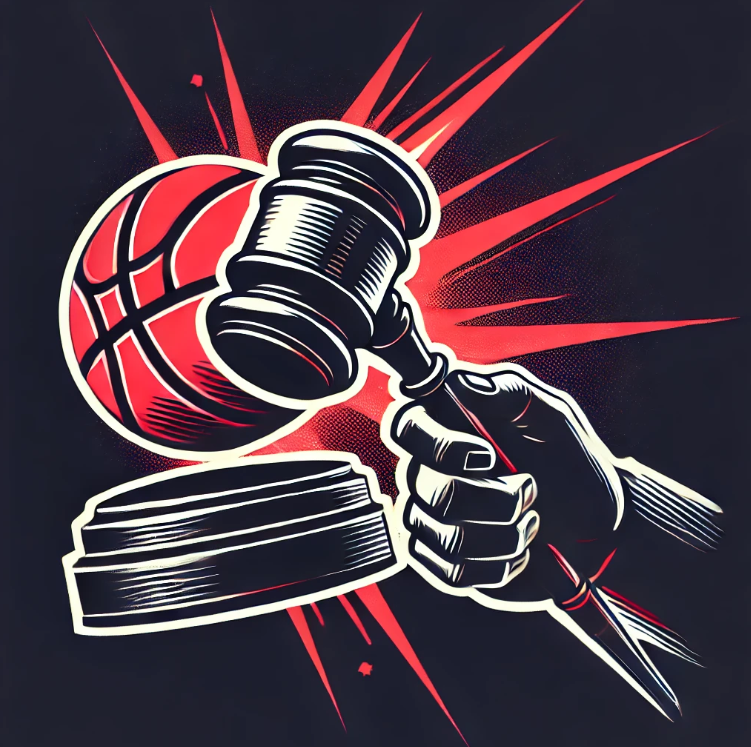

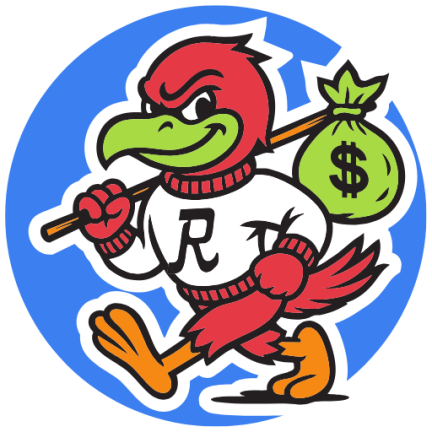
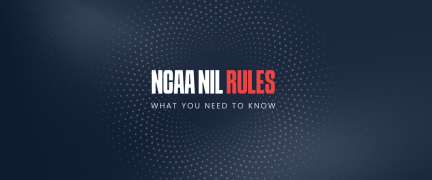
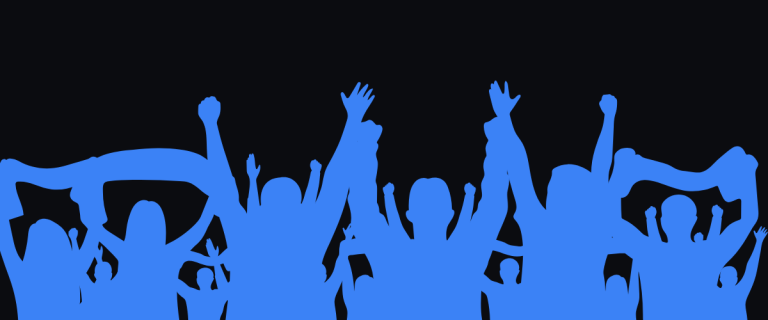
Leave a Comment